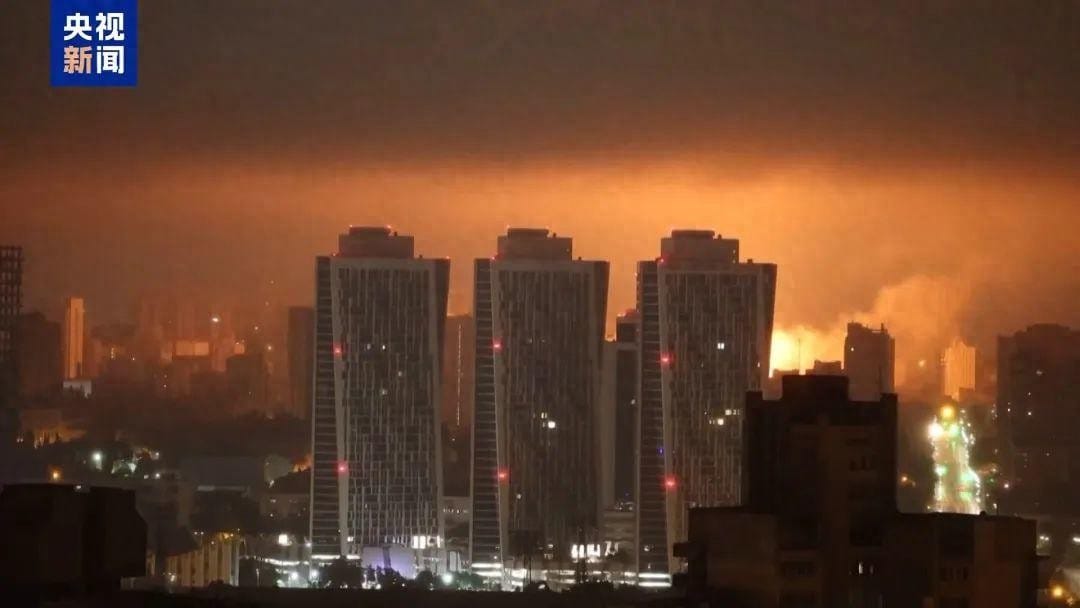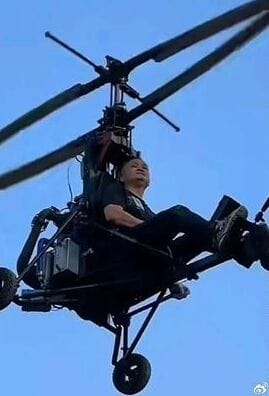Russia Strikes Ukraine with 40 Missiles and 580 Drones
Russia launched a massive overnight strike on Ukraine with 40 missiles and 580 drones, raising urgent concerns about civilian safety and military escalation.

@lianglee95 ♬ 原声 - 全球趣事 - 全球趣事
The Scale of the Attack: A Night of Relentless Bombardment 🚀
In the early hours of the 20th, the world awoke to distressing news: Russia had launched 40 missiles and approximately 580 drones in an overnight strike against multiple regions in Ukraine. Ukrainian President Zelensky (泽连斯基), known for his candid social media updates, revealed that areas such as the Dnipropetrovsk, Mykolaiv, and Chernihiv oblasts were hit hard. The targets ranged from vital infrastructure and industrial enterprises to residential neighborhoods—raising serious concerns about the human cost and infrastructure devastation.
One particularly terrifying incident involved a missile armed with cluster munitions striking a high-rise building in Dnipro, signaling a grim escalation in the conflict's toll on civilians. Zelensky’s urgent call for enhanced air defense systems and increased military aid reflects the gravity of the situation.
Ukraine's Defense Response: Holding the Line Amidst Chaos 🛡️
The Ukrainian Air Force and electronic warfare units demonstrated remarkable resilience throughout the assault. By 9 a.m., they had intercepted a staggering 552 drones, along with ballistic and cruise missiles. This feat of aerial defense highlights both Ukraine’s determined resistance and the increasing sophistication of drone warfare being waged in the skies.
Despite such efforts, the attacks resulted in multiple casualties and widespread damage, underscoring the brutal reality of modern warfare where technological warfare tools—like drones—are now dominant actors on the battlefield.
Russian Claims and Strategic Aims: Disrupting Ukraine’s Military Capabilities 🎯
The Russian Ministry of Defense declared the strikes successfully hit all their intended targets, mainly military-industrial complexes responsible for developing advanced weaponry such as the ‘Poseidon’ missile system and various drones. This aligns with a clearly targeted strategy—to weaken Ukraine's defense production capabilities and infrastructure critical to sustaining its war effort.
Russian forces also claimed territorial gains and reported downing numerous Ukrainian drones, signaling intensified fighting on multiple fronts. This phase of the conflict appears to be one where attrition and disruption take center stage.
Ukraine’s Counterstrikes: Striking Back Within Russia’s Borders 🔥
In a bold tit-for-tat move, the Ukrainian Armed Forces announced early morning drone strikes on vital Russian logistics targets, including oil refineries and transport hubs in Saratov and Samara oblasts. These actions reflect a calculated effort to weaken the fuel supply and logistical backbone sustaining Russian military operations.
Such strikes raise challenging questions: How far will this cycle of retaliation go? What are the escalating risks for civilian populations on both sides? The conflict no longer remains confined to frontlines but increasingly involves strategic infrastructure deep within national borders.
Looking Ahead: International Implications and Humanitarian Concerns 🌍
The scale and intensity of these attacks highlight the dire need for the international community to intensify diplomatic efforts and humanitarian aid. Sanctions targeting military industries and increased support for Ukraine’s air defenses are critical steps suggested by President Zelensky.
As we witness this rapidly evolving conflict, it’s impossible to overlook the human suffering and the broader geopolitical ramifications that accompany each missile launched and drone intercepted. We must ask ourselves: How will the world respond to prevent further devastation and foster a path to peace?




